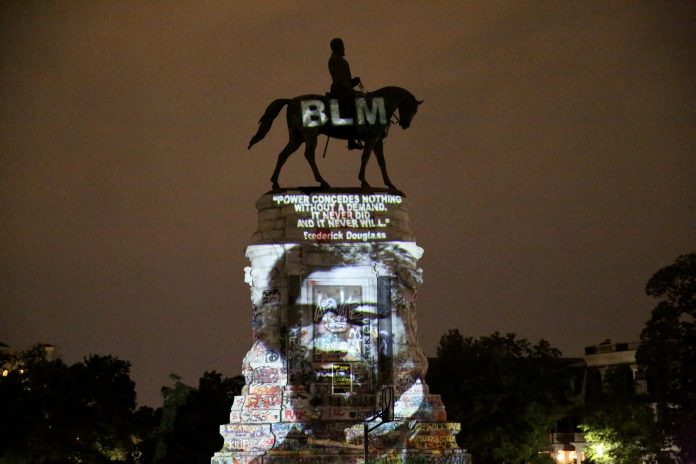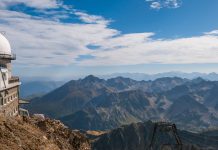Archaeologists say that the role of racism in “history-making” is still present and that removing statues does not risk erasing history
When it comes to the world of archaeology, we think of Lara Croft or Indiana Jones. The role of the brave, white explorer has been cemented for as long as pop culture has existed.
In reality, the field of archaeology is similarly white.
“The past is messy,” First author Ayana Omilade Flewellen said. “And archaeologists, we’re in the dirt.”
With the Black Lives Matter movement saturating public consciousness in the summer of 2020, discussions about the role of race sprang up in every sector.
In ecology and conservation decisions about the fate of the planet are usually made without any diverse input. Often, this lack of diversity led to the erasure of Indigenous traditions of land management or results in some communities dealing with the disproportionate impact of climate change.
For archaeologists, this period of race reflection meant examining how white supremacy shapes the way history is curated.
Can academics change the way history is curated?
First author Ayana Omilade Flewellen, an assistant professor of anthropology at UC Riverside and co-founder of the Society of Black Archaeologists, is working to change this by investigating antiblackness within the discipline, increasing the visibility of Black archaeologists and changing how archaeologists are portrayed in the media, and developing strategies to get more Black students to study archaeology.
7 ways to address the race problem in archaeology:
- Hire and advance more minority faculty and staff through tenure and promotion and into senior-level roles, respectively.
- Increased transparency for the process of obtaining tenure and merit reviews.
- Admit more minority students and offer more scholarships to help them achieve a degree.
- Train faculty and graduate students to integrate antiracist pedagogy in their classes.
- Rethink curricula and syllabi to incorporate a greater diversity of voices and perspectives.
- Reduce and respond to incidents of macro and microaggressions on campus, such as overtly racist abuse and small everyday insults that make for a hostile environment for students of colour.
- Hire counselling centre staff members who are competent to address the psychological stress of minority students.
The subjectivity problem
The authors of this study discuss the subjectivity problem as a significant barrier to non-White academics in the field of archaeology – from historians to museum curators, professionals of colour often face the critique of bias when it comes to slavery, racism, or genocide.
This means their work is seen as lacking objectivity or to expressing “excessive emotion.”
As a result, the work of white academics on the same subjects is considered to be more genuine and objective.
Assistant Professor Flewellen further explained: “People question the objectivity of Black scholars but everyone, including white scholars, always has our own biases. But embracing these biases by working closely with communities, including Indigenous and Asian, usually excluded from history making allows us to have a more human image of the past.”
What about removing statues?
The archaeologists in this study believe that statues damaged by protestors could be kept in exhibits, which would present a version of history that includes the struggle for equality of Black, Brown and Indigenous communities in the US.
They write that: “Defacing or destroying monuments could be seen not as an attempt to erase history but rather, as part of an active process of making history.”
The authors argue that acknowledging feelings against markers of white supremacy, such as the statue of a slaver toppled in the UK last year, could create a more “human” telling of history.
The authors further write: “An antiracist archaeology is committed to forging sustainable and nurturing connections among archaeologists of all backgrounds, as well as with communities impacted by archaeological work, community organizers and activists, and those working with smaller historical societies that are also fighting to preserve local histories.”











